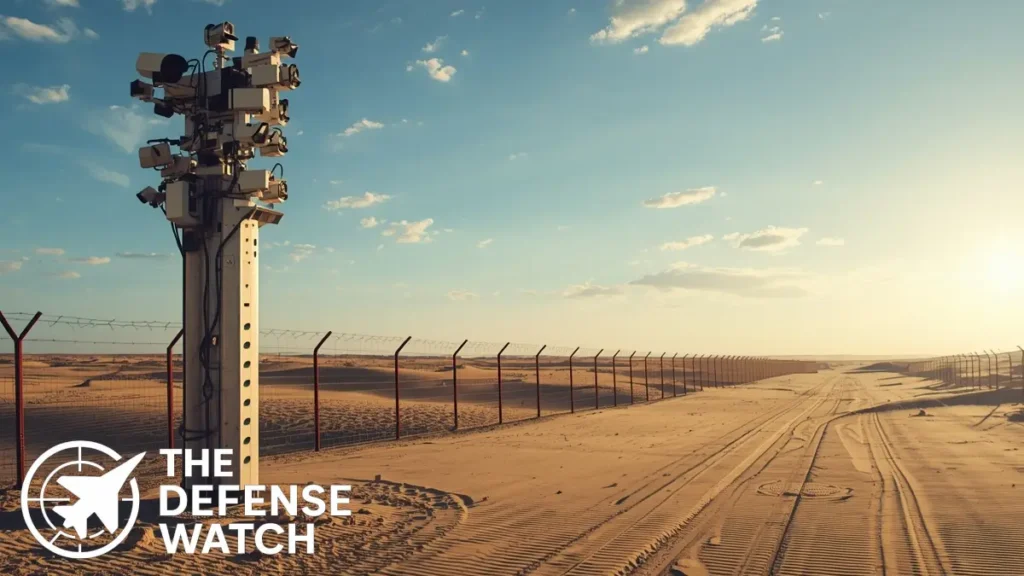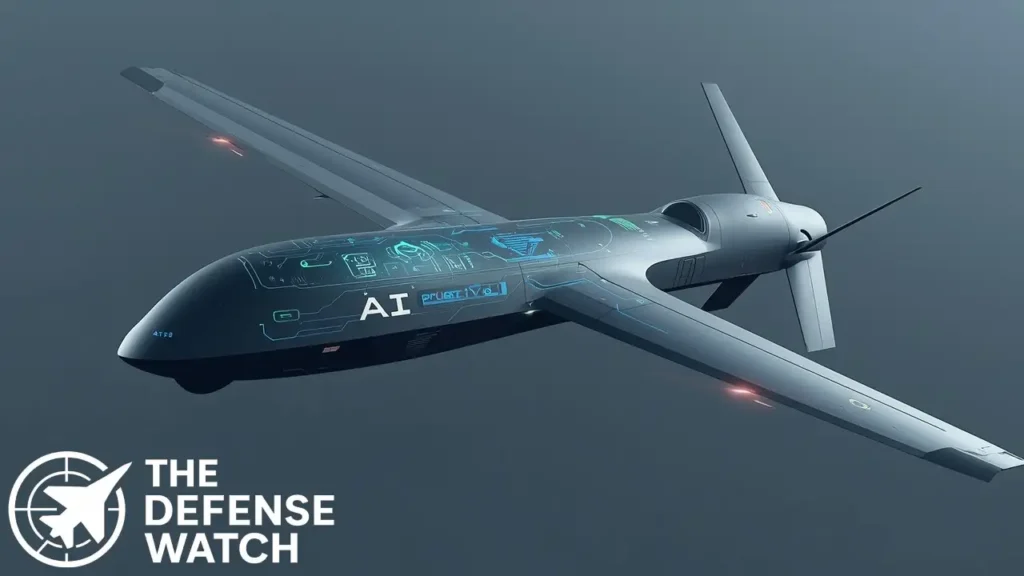U.S. Border Security Shifts Toward High-Tech Solutions
The United States is investing heavily in advanced border security systems, combining surveillance drones, artificial intelligence, and integrated command networks to tackle a growing range of challenges. Beyond migration management, these measures are increasingly aimed at countering drug trafficking, human smuggling, and even cyber-enabled threats targeting U.S. homeland security.
According to recent policy updates from the Department of Homeland Security (DHS), federal agencies are coordinating with private defense contractors to deploy autonomous surveillance towers, thermal imaging systems, and unmanned aerial systems (UAS) across key stretches of the southern border. These technologies are intended to reduce reliance on physical barriers, shifting the strategy toward an intelligence-driven approach.

Surveillance Towers, AI, and Drones Expand Border Watch
More than 350 autonomous surveillance towers, developed in partnership with private industry, are already in operation along the U.S.–Mexico border. These towers use radar, cameras, and AI software to automatically detect, classify, and track movements across remote terrain.

The U.S. Customs and Border Protection (CBP) has also expanded its fleet of MQ-9 Reaper drones for persistent aerial surveillance, while testing smaller tactical drones for agents operating in rugged areas. Integrated AI tools can analyze large volumes of imagery and sensor data in real time, giving border patrol units faster response capability without requiring constant human monitoring.
Policy and Funding Priorities
Congress has signaled bipartisan support for increased investment in high-tech border security systems, though debates continue over the balance between physical barriers and technological solutions. The Biden administration’s fiscal year 2025 homeland security budget emphasizes technology modernization, including over $500 million earmarked for surveillance and detection capabilities.
Meanwhile, several states have launched their own initiatives to supplement federal efforts, such as deploying National Guard assets equipped with reconnaissance drones to assist in interdiction operations.
International and Cyber Dimensions of Border Security
Border security is no longer confined to physical territory. Officials warn that cyber threats, including digital networks used by smuggling cartels, are now a major concern. U.S. border strategy increasingly emphasizes cross-agency intelligence sharing, blending physical surveillance with cyber defense and data analytics.
International cooperation also plays a role. Washington has expanded joint programs with Mexico to target cartel supply chains and enhance real-time information exchange. At the same time, advanced border technologies are being tested for use in northern states to manage cross-border trade and potential smuggling via Canada.
Analysis: Border Security as National Defense
Border security has evolved into a core element of U.S. national defense strategy. The integration of AI-driven monitoring, unmanned systems, and data fusion centers reflects a trend seen in modern warfare—leveraging technology to maintain situational awareness and deterrence.
Critics, however, raise concerns about privacy, oversight, and the effectiveness of costly surveillance systems in addressing root causes of migration and trafficking. As technology becomes central to border security policy, striking a balance between security, humanitarian considerations, and civil liberties will remain a central debate.
FAQs
AI-powered surveillance towers, drones, ground sensors, and thermal imaging systems are increasingly central to border monitoring.
The FY2025 DHS budget includes over $500 million for surveillance and detection technology programs
No, it also addresses drug trafficking, human smuggling, cyber threats, and cross-border criminal networks.
AI systems analyze data from cameras, drones, and sensors, enabling real-time threat detection and reducing manpower requirements.
Border security is increasingly viewed as part of homeland defense, blending physical security with cyber and intelligence operations.
Note: The images are AI-generated.


4 comments
[…] with non-members, out-of-area operations (e.g., in Afghanistan), and collective defense against emerging threats such as cyberattacks and hybrid […]
[…] hypersonic weapons, space systems, drones, and cyberwarfare. For NATO, staying ahead in defense technology is critical. But even among allies, debates persist about procurement speed, industrial capacity, […]
[…] has confirmed that the draft NDS will foreground defense of the U.S. homeland, including air and border security. At the same time, it will retain China and the Indo-Pacific as major strategic concerns—though […]
[…] for fiscal year 2026. The standoff centers on disputes over discretionary spending levels, border security, and health-care […]